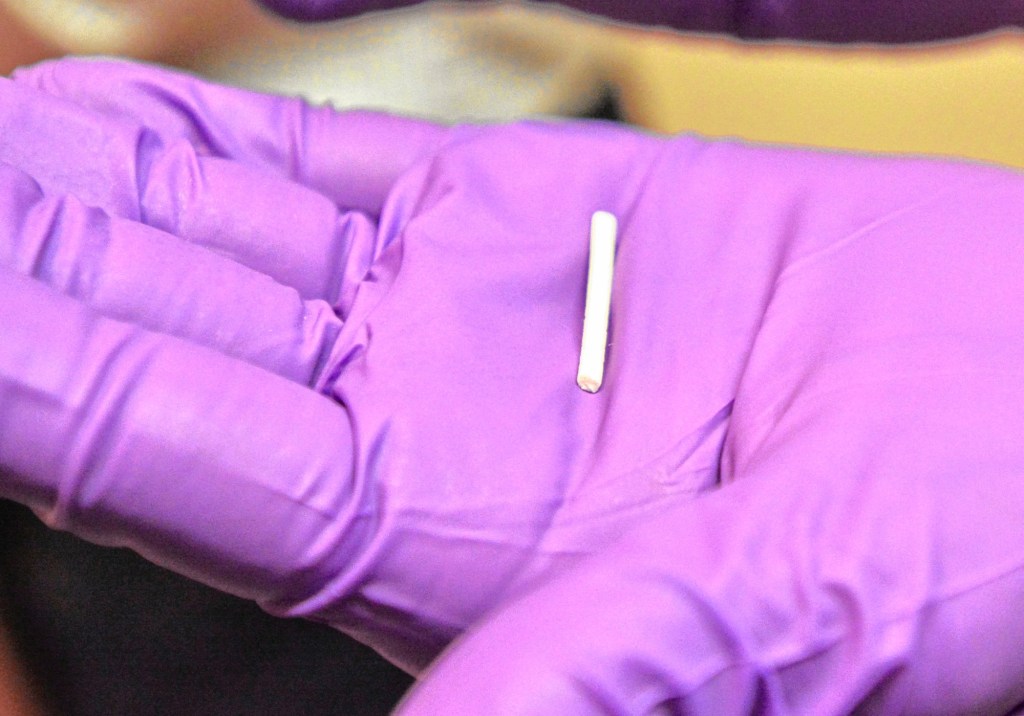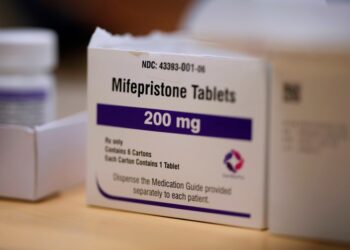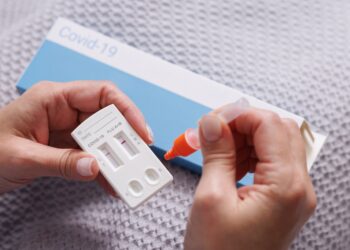If addiction is a disease, a wise psychiatrist once asked, where are all the doctors?
We told you recently about an interesting, and perhaps tragic, convergence of events:
• Drug offense arrests in California have plunged 85% — from 137,054 in 2014 to 20,574 in 2022, according to data from the California Department of Justice,
• While drug overdose deaths have more than doubled — from 4,519 in 2014 to 10,410 in 2022, according to data from the California Department of Public Health.
A flood of fentanyl — a synthetic opioid far more powerful than heroin and morphine — into the nation’s illicit drug supply has driven the huge spike in overdose deaths, even as Prop. 47 reduced a great many drug-related offenses from felonies to misdemeanors, keeping a great many low-level drug offenders out of jail.
The money saved on incarceration was to pay for effective addiction treatment, among other things — which makes the tepid embrace of one of the best drugs for treating opioid addiction puzzling.
Buprenorphine binds to the brain’s opioid receptors, blunting powerful cravings, reducing withdrawal symptoms and providing safety in case of overdose. It’s considered the gold standard for opioid treatment — addiction being a medical condition, after all, which can be managed with medication — but data from the California Department of Public Health show that buprenorphine prescriptions dropped at several points over the last decade, even as deaths were skyrocketing. They’re picking up as of late, but doctors are still wary.
“If we want to know why buprenorphine isn’t well used, look at the federal government,” said an impassioned Dr. Matthew A. Torrington, an addiction medicine specialist in Culver City.
“We took the antidote to opioid withdrawal and craving and we put it behind a glass door for 20 years,” he said. “Historically, if you want to prescribe this medicine, the doctor had to undergo eight hours of training, then the…
Read the full article here







